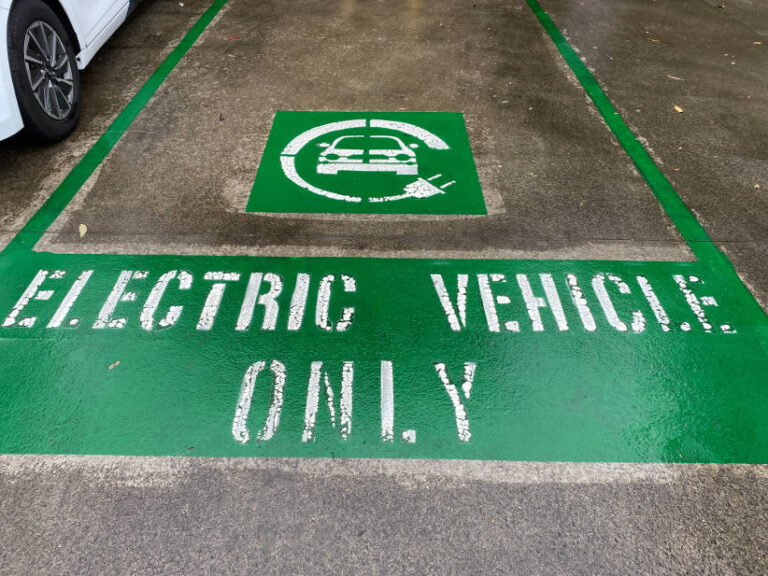ICEing – when a vehicle with an Internal Combustion Engine (ICE) occupies a parking spot that is setup with the infrastructure for charging an electric vehicles.
To prove its a real issue, here’s some comments from Plugshare.com;
ICEd. From previous comments, this seems to be a very common issue. It’s a shame to have invested installing a charger but not putting in a bit more effort to ensure it can be used as intended.
Charging now, but very very slow. My car says it’s adding 14km per hour. 3 phase 6/6A. The last three times I’ve been here this spot has been iced, so early morning is the go then the carpark is near empty.
In 2020 the Electric Vehicle Council produced a resource pack for local governments to help them develop strategies and implementation plans for zero emissions vehicles. One of the issues identified was the lack of consistency for parking, signage, fines and the planning process for charging stations across local government areas.
Local governments need to provide the infrastructure for electric vehicles in key locations the same way that they provide public toilets and park benches. This is because councils are able take a different approach to risk than the private sector and be early adopters of electric vehicles by supporting investments in infrastructure to establish community support for EVs.
Education programs on electric vehicles are also important. They can have a positive impact on future car purchases by residents and businesses to reduce overall greenhouse emissions in the community.
ICEing is an emerging issue for electric vehicle owners because the current laws don’t place any specials rules on parking spots located near charging stations in most states.
The Victorian government created a law in 2020 that provides clarity on parking and signage for road users. Road Rule 203B specifies that a driver of an ICE vehicle cannot not stop in a parking area for electric-powered vehicles. And Road Rule 203C specifies that any driver cannot stop in an area designated for the charging of EVs vehicles unless the car is an BEV and it’s plugged into an external source of electricity.
In Victoria they will also use the following symbols:
- Indicates a parking area for BEVs or PHEVs.
- Indicates a charging area for BEVs or PHEVs.
In NSW, the Waverley Council is using signage in parking spots for EVs that states, ‘No Parking – Electric Vehicles Excepted Only While Charging’. And an EV is considered to be charging when the charging cable is connected.
If an EV or ICE is parked in a charging spot and isn’t connected the charging infrastructure, than fines could apply. Electric vehicle drivers also need to obey to any normal parking restrictions that apply at that location (like time limits).








